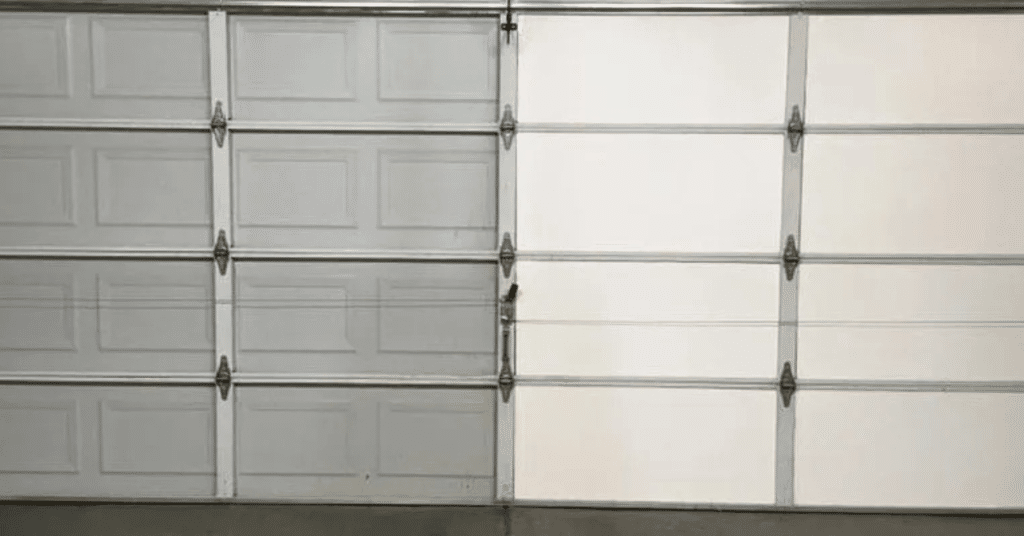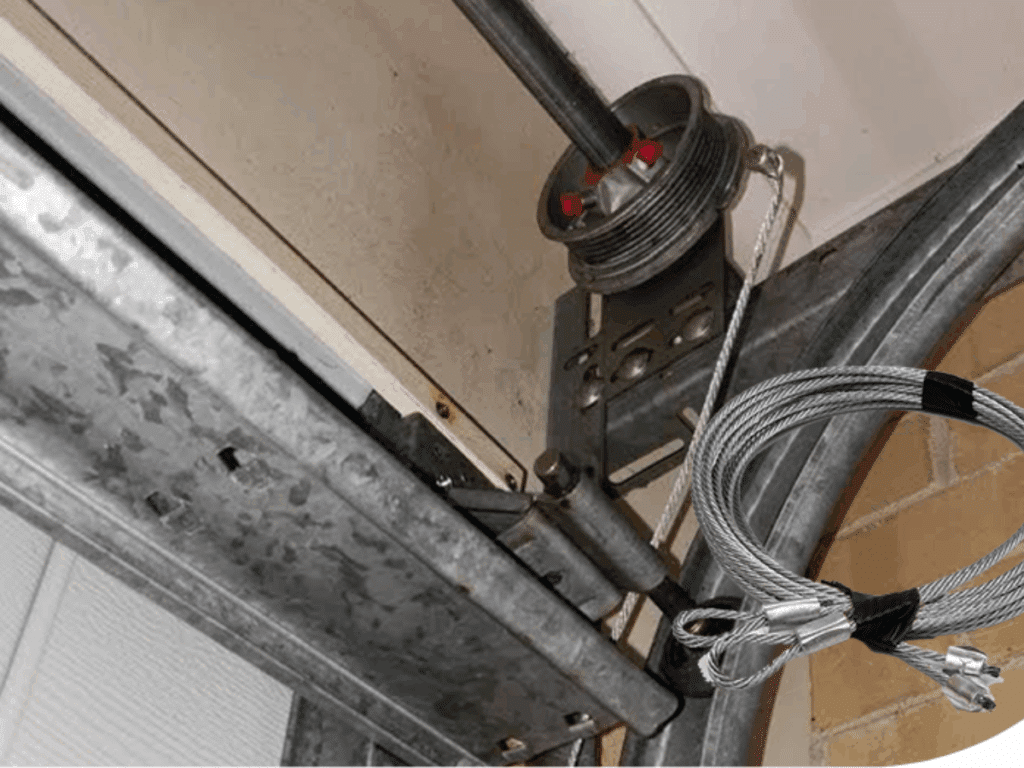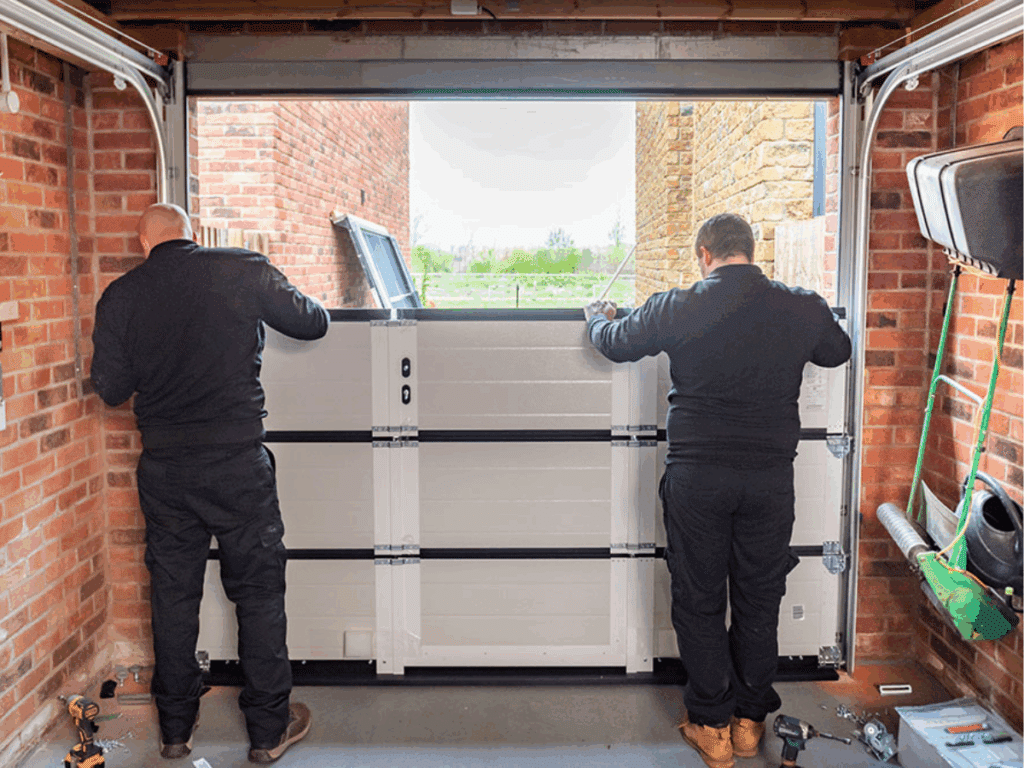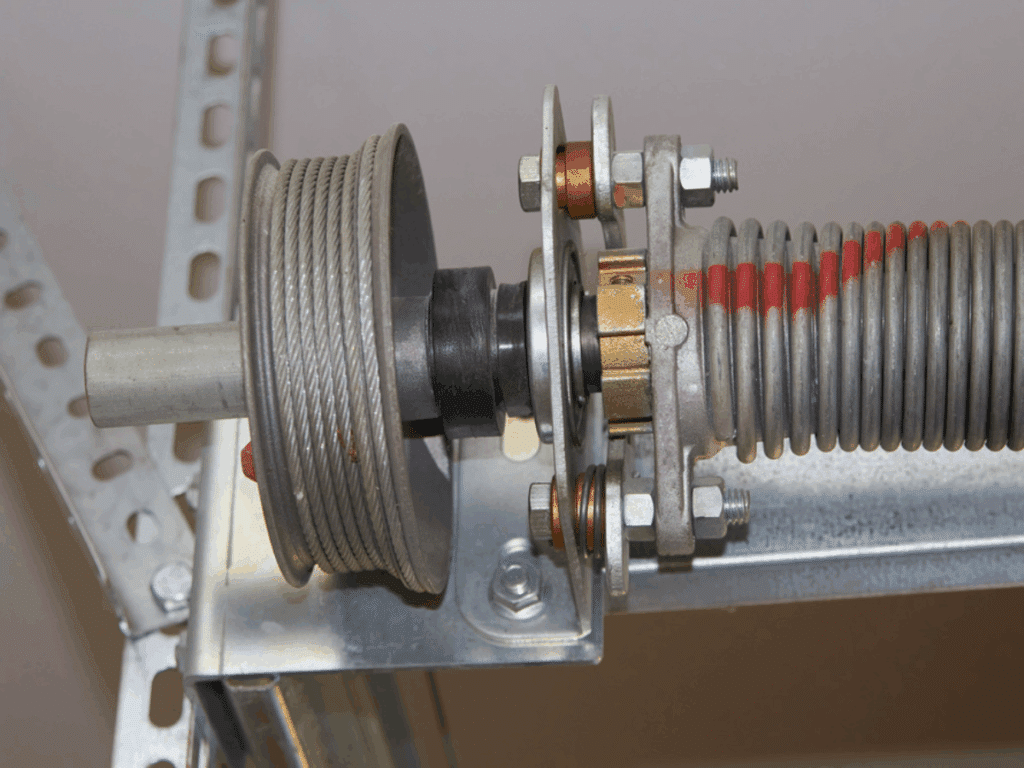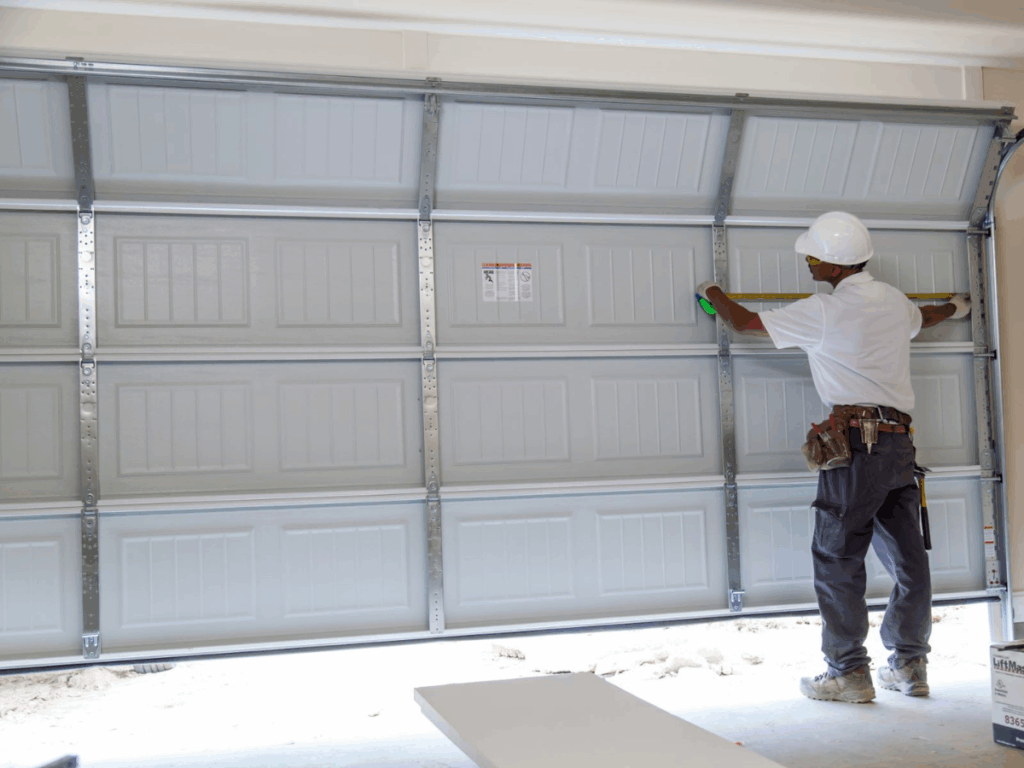Thinking about upgrading your home this year? You might be wondering if insulated garage doors are a smart investment. With energy costs on the rise and climate concerns growing, many homeowners are looking at every possible way to improve efficiency. I’ve been researching insulated garage doors for clients all year, and they keep asking the same question. Let’s chat about whether these specialized entryways are worth your hard-earned money in 2025, and what benefits they might bring to your living space.
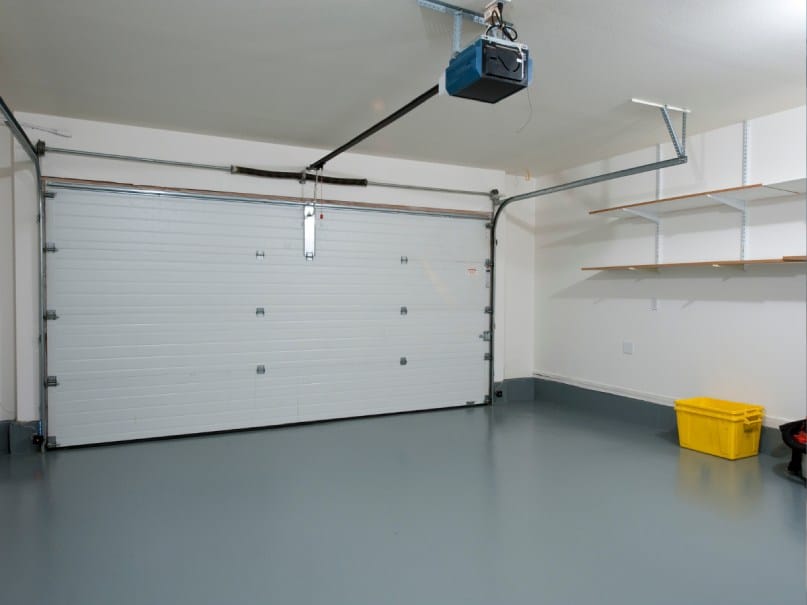
Benefits of an Insulated Garage Door for Your Home
Adding thermal protection to your vehicle storage area offers more perks than you might think. First off, temperature control becomes much easier with insulated garage doors. During winter months, these specialized panels help keep the cold air outside where it belongs. This matters especially if you have living spaces above or next to this area.
Energy savings is another big win. A well-insulated entry can cut your heating and cooling costs by preventing air leakage. And don’t forget about noise reduction – these thermal barriers muffle street sounds and even the rumble of your own car engine. For many homeowners, the added durability is also a plus. Insulated garage doors typically last longer and resist dents better than standard options.
Understanding R-Value in Garage Door Insulation
Ever heard someone mention “R-value” when talking about thermal efficiency? This number is super important! R-value measures how well a material resists heat flow. The higher the number, the better the insulation performs.
For home vehicle storage areas, R-values typically range from R-6 up to R-18. Climate plays a big role in what value you should look for. If you live somewhere with extreme temperatures, aim for R-16 or higher. For milder climates, an R-value between 8 and 12 might be perfect. When shopping for insulated garage doors, always check this rating. It helps you compare different products and make sure you’re getting what you pay for.
Types of Garage Door Insulation and Their R-Value
Different materials offer varying levels of thermal protection. Here are the main types you’ll find on the market:
- Polystyrene (EPS) - R-value of 3-5 per inch, affordable but less effective
- Polyurethane - R-value of 6-9 per inch, fills the entire panel for superior performance
- Reflective insulation - Uses foil to reflect heat, works well in hot climates
- Fiberglass batts - Common DIY option for adding protection to existing doors
Polyurethane foam is currently the top performer. It’s injected as a liquid that expands to fill every nook and cranny. This creates an airtight seal that’s hard to beat. Many of my clients choose insulated garage doors with this material. The downside? It typically costs more than other options. But many homeowners find the extra expense worthwhile for the significant boost in thermal efficiency.




Comparing Insulated vs. Non-Insulated Garage Doors: Costs and Performance
Let’s talk money. Standard non-insulated models typically run $800-$1,500 installed. Their thermal counterparts generally cost $300-$800 more, depending on quality and R-value. That’s a significant jump, right?
But performance differences are just as notable. Standard entries offer almost no temperature control or sound dampening. In contrast, insulated garage doors maintain more consistent temperatures year-round. They also reduce utility bills by 10-20% for many homeowners. Plus, they operate more quietly and generally last 15-20 years compared to 5-10 years for basic models.
Are Insulated Garage Doors Worth the Investment in 2025?
So what’s the bottom line for this year? For most homeowners, the answer is a clear yes. Energy costs continue to rise, making efficiency improvements more valuable than ever. And with more people working from home, comfort in every part of your house matters more.
The math works out too. While the upfront cost is higher, the long-term savings from reduced energy bills and fewer replacements typically pays for itself within 5-7 years. And don’t forget about increased home value – today’s buyers are willing to pay more for energy-efficient features like insulated garage doors.
For DIY enthusiasts, adding thermal materials to an existing door is an option too. While not as effective as factory-made solutions, it can be a budget-friendly alternative that still improves efficiency. Whichever route you choose, enhancing your home’s thermal envelope is a smart move in 2025.
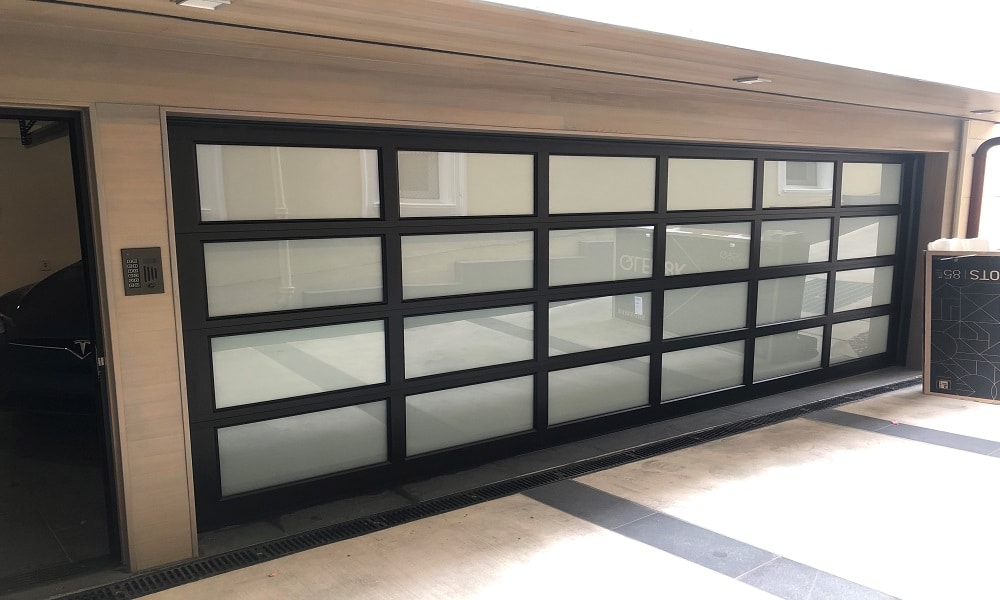
FAQ
Is it worth it to get an insulated garage door?
Absolutely! An insulated door pays for itself through improved energy efficiency and comfort. For attached garages especially, these doors keep your space warmer in winter and cooler in summer. You’ll notice lower utility bills, reduced noise, and better durability. Plus, many insulated doors feature enhanced security and boost your home’s resale value.
Are garage doors supposed to be insulated?
While not required, insulation makes perfect sense for most homes. Attached garages particularly benefit since they share walls with living spaces. Modern doors feature two layers with polyurethane insulation sandwiched between them. This design prevents energy loss and temperature fluctuations. If you use your garage for more than just parking, insulation becomes even more valuable.
How long do insulated garage doors last?
Insulated doors typically last 15-20 years, outlasting non-insulated versions by 5-10 years. The two layers provide extra structural strength, reducing dents and damage. Polyurethane insulation adds rigidity while protecting internal components from temperature extremes. With proper maintenance, some high-quality insulated doors can even reach the 25-year mark, making them a smart long-term investment.

